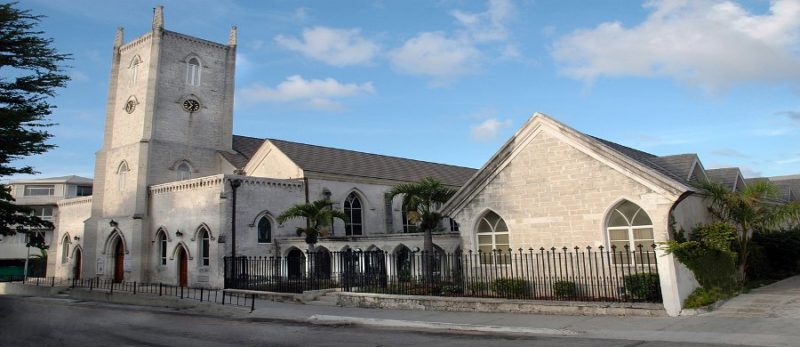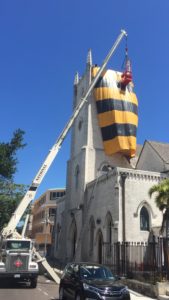Looking for Access?
Cur nutrix cantare?Est camerarius accentor, cesaris.Eposs sunt solems de varius liberi.
Register TodayCur nutrix cantare?Est camerarius accentor, cesaris.Eposs sunt solems de varius liberi.
Register TodayCur nutrix cantare?Est camerarius accentor, cesaris.Eposs sunt solems de varius liberi.
Login Now
Christ Church Cathedral has an unfortunate history with wood construction. The “Mother Church” of all of the Anglican churches in the Bahamas dates back to a 1670 grant by King Charles II of England. Three times, the church was constructed of wood, with the first two structures being destroyed by Spaniards and the third by time and nature. The fourth church building has endured, being constructed of locally quarried limestone blocks. However, its wood steeple was deemed unsafe and was replaced in 1830 with a 60-foot stone tower that still stands. A series of expansions followed, and Christ Church became a cathedral in 1861. Today, it is both a functioning church and historic site.

Preparation for the fumigation was challenging as a series of expansions and additions to the church and its complex have been made over time.
While stone construction endures, so does the threat of damage to wood. Last year, evidence of drywood termites was noticed in the mahogany pews and in the pipe organ. An inspection also uncovered eastern subterranean termites.
Time was a factor on this fumigation, says Mark Lanford, general manager of Tropical Exterminators, a division of Rentokil. The church wanted the fumigation to begin right after the Easter holiday weekend and be completed in time for the following weekend.
Another time factor was two century-old clocks in the tower. The 3-foot-long hands on both clocks had just been repaired, so preventing any new damage was important.

Time was not allowed to stand still and the giant clocks in the church tower continued to run as it was tented.
“We did the subterranean treatment first thing on Monday and then went directly to the tenting”, Lanford says. “The most important thing was to get the 60-foot tower tented on Monday. We got a crane in place over the holiday weekend. We used lightweight tarps and dropped them down 60 feet with two seams wrapped so they were not over the clock hands. That was really important because the clocks continued to run during the fumigation.”
Timing for the fumigation turned out to be providential, as the weather was fabulous, he adds. The church is just two streets from the waterfront on the north side of the island. Winds typically come from the east side, but they can turn sharply on the northern side of the island and be a problem.
On Tuesday, Tropical crews tented the church and other buildings that make up the cathedral complex including its courtyard. Altogether it was a 600,000-cubic-foot fumigation. On Wednesday when they finished tenting, they had to add 1-by-4-inch furring strips everywhere the building walls were built upon or adjoined stone walls.
“In places, the church is actually built on a wall, so there is no way to get the tarp to stick to the wall,” Lanford says. “We used construction glue to microseal wood strips to be able to seal them. We also triple clipped all the tarps to make sure we had a good seal.”
Vikane® gas fumigant was introduced on Thursday, and the church was aerated and cleaned on Saturday. “Fumiscope readings assured us that we had a kill,” Lanford says. “There was nothing on this job that I would have changed.
“The church was very cooperative. They hired a photographer to cover the fumigation and had an employee available to make sure we could get into any doors that were locked. They also hired a security company for the duration of the fumigation.”
The only surprise, Lanford says, was that his termite manager put a Tropical Exterminators sign up on top of the tower.
“I loved it,” he says. “You could see the sign for miles. The church is located right where tourists arrive on cruise ships.”